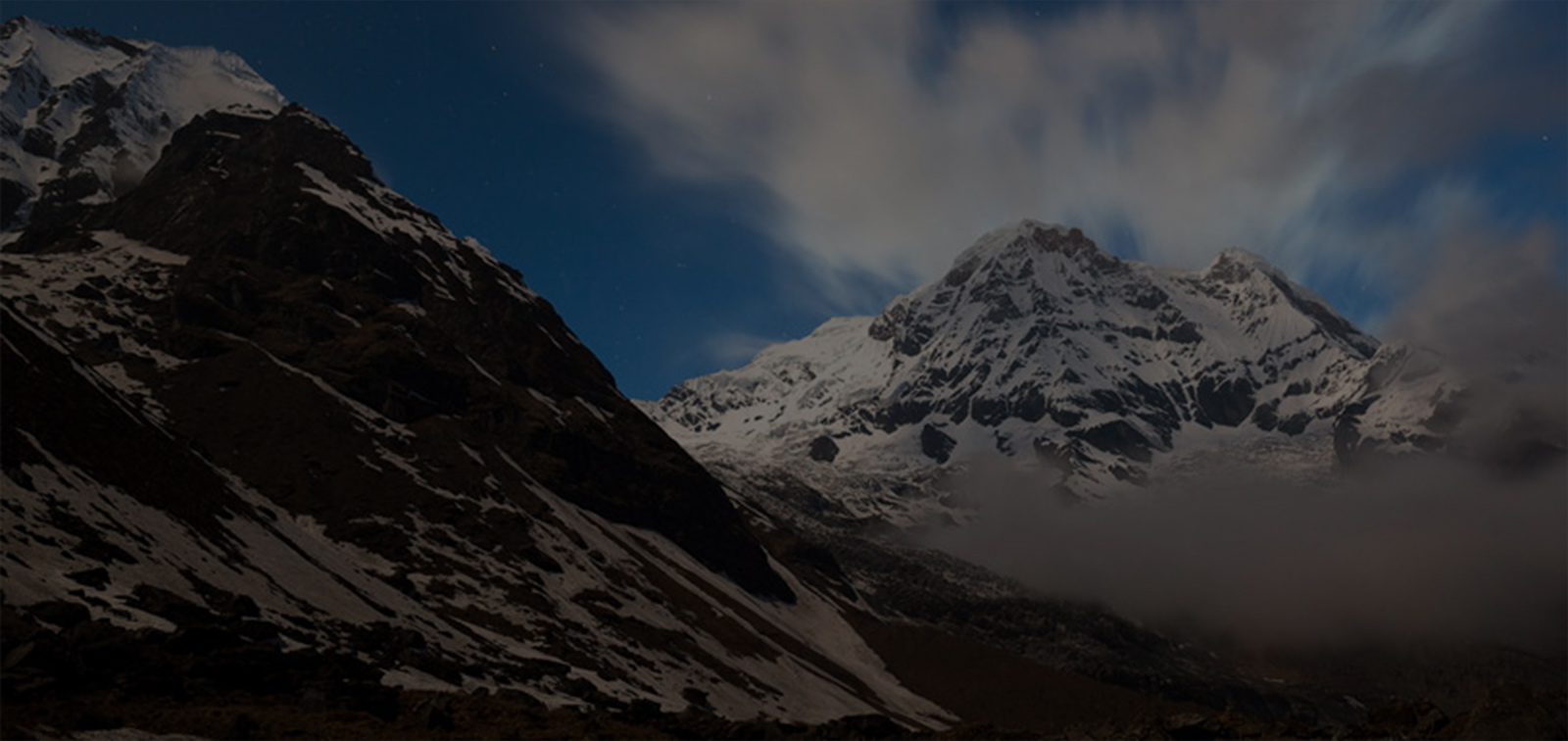Thimpu
The capital city of Thimphu lies in the broad fertile valley of the Wang Chu river at an altitude of 7,500 ft. Once a rustic village, Thimphu today has a population of over 34,000 people. At the entrance to the valley, seven kilometers from the capital, on a breezy hill top rises Simtokha Dzong, Bhutan's most ancient fortress. Built by Shabdrung Ngawang Namgyal in 1627, it was the country's first official centre of social and religious education. A striking example of the preservation of ancient skill in Bhutan is Tashichho Dzong (" Fortress of the Glorious Religion"), standing in the valley alongsile the river bank, surrounded by groves of fresh young willows and poplars and an ornamental garden of roses.
Another landmark that rises above the shingles and more recently constructed green-weathered roofs of Thimphu, is the gold topped Stupa built in memory of the Late King, Jigme Dorji Wangchuck, popularly known as the Father of modern Bhutan.
Punakha
The road from Simtokha winds into pine forests and through small villages for 20 kilometers and then opens miraculously onto the northern ridge of the mountains of the mountains. Dochula Pass at 10,500 feet gives one of the most spectacular views of the Himalayas.
Punakha Dzong is home to the Central Monk Body and the Je Khenpo (the spiritual leader) during the winter months. Punakha's climate and warm temperature makes the valley one of the most fertile in Bhutan. Chime Lhakhang located on a hillock among the rice fields is picturesque and is a pilgrimage site for childless couples. The temple is associated with the famous saint Drukpa Kuenlay who has built a chorten on the site.
Punakha served as a capital of Bhutan till 1955. In spite of four catastrophic fires and an earthquake that destroyed many historical documents, Punakha Dzong houses sacred artifacts and the embalmed body of Shabdrung Ngawang Namgyel. The Dzong is one of the most spectacular dzongs in the country situated at the confluence of two rivers.
Paro
Paro Airport, the only airport in Bhutan is located in Paro. This valley is one of the most populated areas in the country. The valley contains a wealth of attractions and requires a few days to be properly explored. The elegant and perfectly symmetrical Rinpung Dzong looks after the religious and secular activities in the valley. Behind Rinpung Dzong, on a high hillside is the castle shaped Ta Dzong - a watch tower built in 1651 to defend Bhutan from Tibetan invasions. This Dzong houses the National Museum since 1967.
Eighteen kilometers from the town is the burnt ruins of Drugyel Dzong (victorious fortress) from where Tibetan invasions were repelled. On a clear day one can get a view of Mount Chhomolhari - the Mountain of Goddess (Alt 24,000ft). Paro is also a paradise for pilgrimages as it is the first stop of Guru Padma Sambhava also known as Guru Rimpoche on his crusade from Tibet to Bhutan in the 8th century. He is believed to have arrived on a back of a tigress and mediated at the Taktsang Monastery, now a hallowed shrine for Bhutanese pilgrims. A terrible fire in 1998 destroyed the medieval wall paintings and all the inner temples. The temple is now under reconstruction.
Bumthang
The valleys of Trongsa and Bumthang are separated by Yutola Pass (Alt 11,500ft) . Bumthang has an individuality that separates it from all other regions. Composed of four smaller valleys, the deeply spiritual region of Bumthang is shrouded in religious legend.
Apart from the Dzong at Jakar smaller monasteries are situated all over the valley. Tales of Guru Padma Sambhava dominate these holy shrines. The valley is home to the sacred Jampa and Kurjey monasteries. Bumthang is also the traditional home to the great Buddhist teacher Pema Lingpa to
whom, the present monarchy traces it ancestral lineage. The town of Jakar is the largest between Thimphu in the west and Trashigang in the east. Jakar is famous for its honey, cheese, apples and apricots. Bumthang is also famous for yathra which is a unique material woven from coarse sheep wool, intricately designed and colored to form breathtaking patterns. Bumthang Tsechu (festival) along with the Paro and Thimphu Tsechu are the most popular festivals in Bhutan.
Wangdue Phodrang/ Zangbu
This is the last town on the highway before entering Central Bhutan. Sitting on the top of a hill the formidable Dzong is the town's most visible features. In the 17th century Wangdue played a critical role in unifying western, central and southern Bhutan. The town itself is little more than an enlarged village with well-provided shops and hotels.
The road from Wangdue to Trongsa is one of the prettiest in Bhutan passing streams, forests and villages before climbing the Pelela Pass on the Black Mountain ranges in to the Trongsa valley. South of the highway is the Gangtey Gompa an old monastery dating from the 17th century. A few kilometers past the Gompa is the village of Phobjikha - one of the winter homes of the Black Necked Cranes who migrate to Bhutan from Central Asia to pass the winters in lower climes





















